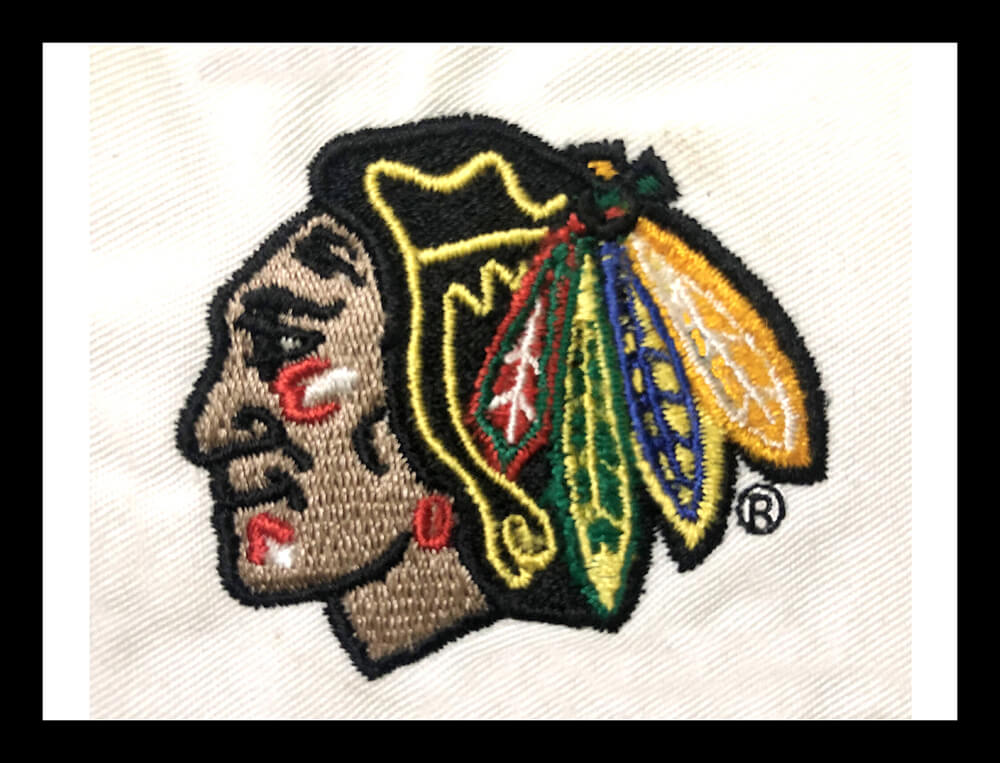Budget Friendly Digitizing for Embroidery: Precision and Information
Budget Friendly Digitizing for Embroidery: Precision and Information
Blog Article
Mastering the Needlework Digitizing Refine: Your Ultimate Guide
Needlework digitizing is a careful craft that calls for accuracy and competence to equate complex layouts into digital styles for machine needlework. As craftsmens embark on this journey to understand the needlework digitizing process, a thorough understanding of the essentials establishes the structure for quality.

Comprehending Needlework Digitizing Basics
Needlework digitizing basics form the structure upon which intricate styles are converted right into machine-readable styles for exact sewing. This first action in the embroidery digitizing procedure is crucial for ensuring that the last embroidered product is a loyal depiction of the initial style. Understanding embroidery digitizing basics involves grasping key principles such as stitch kinds, stitch direction, thickness, padding, and pull compensation.
Sew kinds play a crucial duty in figuring out the visual and textural outcome of the stitched style. By choosing the appropriate stitch kind, whether it be satin, fill, or running stitch, digitizers can accomplish the preferred effect and boost the general quality of the needlework. Furthermore, stitch direction affects the circulation and dimension of the design, while thickness figures out the spacing and protection of the stitches.
Furthermore, padding stitching gives stability to the design by protecting the material and preventing distortion throughout the embroidery procedure. Pull payment is another essential factor to consider to counteract the all-natural tendency of material to agreement when stitched. Mastering these needlework digitizing fundamentals is basic for producing professional-quality stitched products.
Choosing the Right Digitizing Software Program
Picking the ideal digitizing software is an essential decision that substantially impacts the effectiveness and top quality of the embroidery digitizing process. Digitizing for Embroidery. When choosing the best digitizing software application, it is important to think about aspects such as the intricacy of layouts you intend to develop, the user-friendliness of the software program, the degree of consumer assistance supplied, and the compatibility with your needlework equipment
There are various digitizing software options available on the market, ranging from fundamental programs for novices to sophisticated software application for expert digitizers. Some preferred choices include Wilcom EmbroideryStudio, Hatch Needlework Software, and PulseID. These software plans supply a wide variety of devices and attributes to aid you develop complex styles with simplicity.
Before choosing, it is suggested to discover the various software application options through cost-free tests or demonstrations to identify which one best matches your demands. In addition, checking out evaluations and looking for recommendations from skilled digitizers can offer important insights right into the staminas and weak points of each software (Digitizing for Embroidery). By very carefully assessing your needs and contrasting the features of various digitizing software application, you can make an educated selection that enhances your needlework digitizing process
Digitizing Devices and Methods

Optimizing Style Settings for Embroidery
Mastering the details of layout setups is basic in accomplishing optimal results in the embroidery digitizing procedure, structure upon the structure laid by comprehending digitizing tools and methods. When optimizing layout settings for embroidery, it is crucial to think about variables such as stitch kind, thickness, rug, draw compensation, and enrollment. Enrollment settings line up various components of the design precisely, keeping overall layout stability.

Troubleshooting Common Digitizing Issues
When coming across common digitizing problems throughout the embroidery process, it is crucial to comprehend the origin causes and execute reliable solutions immediately. One usual problem is stitch density issues, where stitches might be also dense, triggering the textile to tighten, or too sporadic, bring about gaps in the his comment is here style. Changing the stitch thickness setups in the digitizing software can assist solve this concern.
Another frequent challenge is thread breaks throughout the needlework procedure. This can take place due to different reasons such as inaccurate stress setups, dull needles, or using low-quality string. Making certain correct upkeep of the embroidery device, including normal needle modifications and tension modifications, can lessen the event of string breaks.
In addition, layout enrollment mistakes can cause misaligned components within the needlework layout. Examining the layout placement in the digitizing software program and making necessary adjustments before stitching can assist in avoiding this issue. By dealing with these common digitizing issues promptly and properly, you can ensure a smoother needlework procedure and high-quality ended up items.
Final Thought
To conclude, grasping the embroidery digitizing process calls for a strong understanding of the fundamentals, the right choice of software program, and expertise of devices and techniques. Maximizing layout settings and troubleshooting usual digitizing problems are important action in ensuring high-grade needlework results. By following these actions vigilantly, one can achieve precision and effectiveness in the digitizing procedure.
Report this page